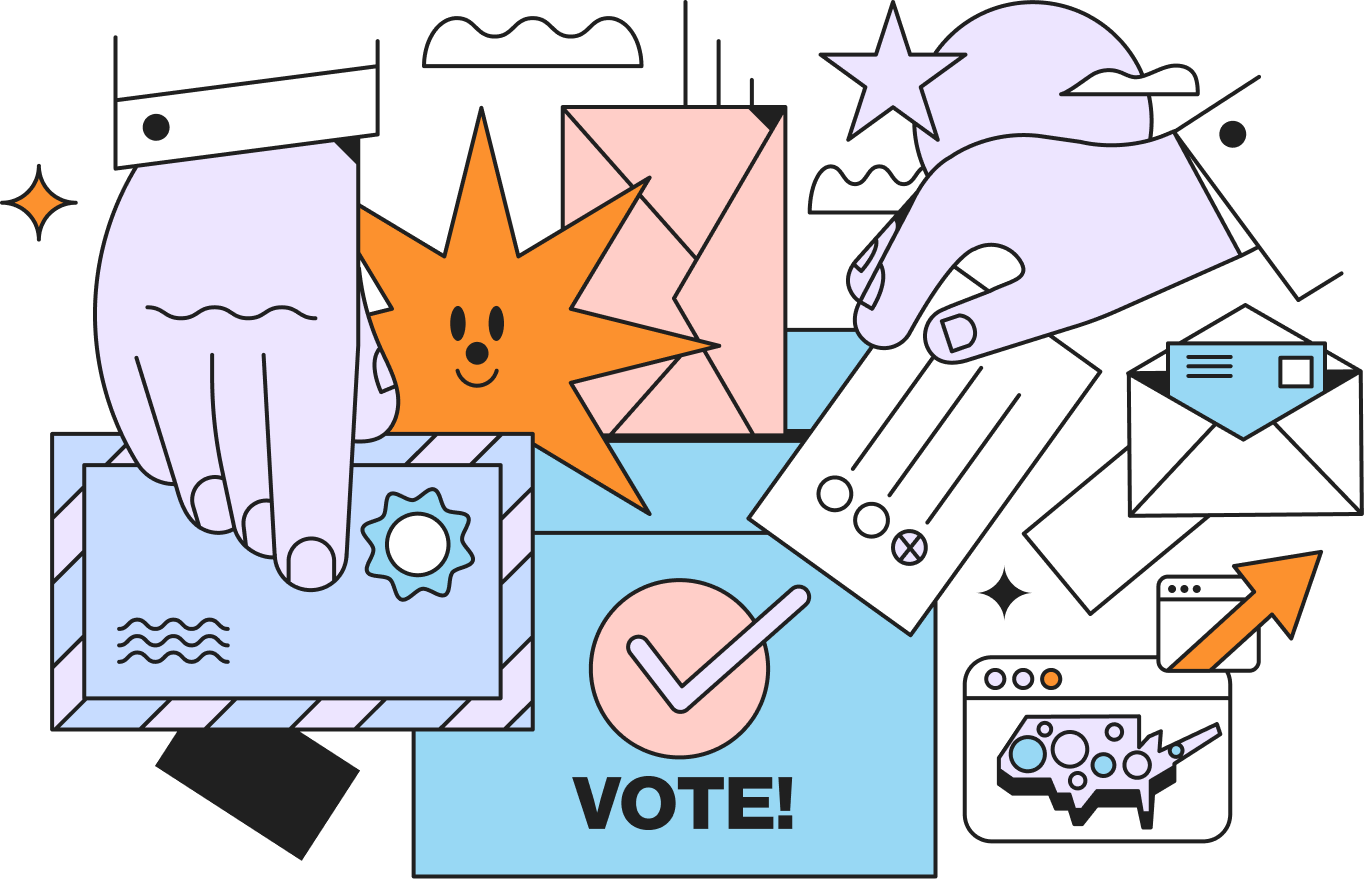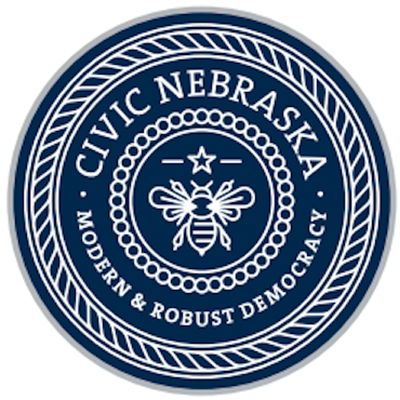K-2: Voting in the CLC
Unit Goal: to demystify the voting process for K-12 students.

Steps in the voting process
Campaigning
Casting Your ballot
Tabulation
Implementation
Reflection
K-2 Voting suggestion
Example:
Which activity should all children do on the next free choice day?
Dance
Sing
Exercise
(Add your own)
The Ballot
Click here for two ballot options. Both ballots are editable so you can insert your own ballot options. Explain to the class what they will be voting on. The example is activities for the next free day, teachers should feel free to substitute any other example; however, it is important that whatever you choose, you are able to follow through.
The Campaign
Have students in groups of 2-4 and assign each group one of the election choices. More than one group can have the same choice, however, all three choices should be represented. Groups should talk about why their choice is best and assign one student the role of trying to persuade the class to vote for that choice. After a few minutes of discussion, one student from each group should stand and explain why the group’s choice is best. Present all ballot choices. The “campaign” needs to be civil. Encourage students to use clear, reasoned arguments and to respectfully listen to others. Avoid loud, competitive arguments and have fun.
The Vote
Hand out pencils and ballots, explain how to fill in the bubble that represents their choice. When everyone has voted, collect the ballots or put them in a ballot box. A small group of students can begin to tabulate the votes by separating the ballots into piles. At this point, the teacher should explain that the choice that gets the most votes will be the activity that they will do. Everyone will need to do that activity. This is a critical part of the voting step. Teachers may have to make accommodations for students with disabilities or limitations.
Implementation
When the next free choice day arrives, remind the students of the election that they participated in. Do the activity. This is a good point to guide the students through some reflection. The teacher might ask a student who voted for the winning activity how she/he felt about winning. Ask someone whose choice did not win how they felt. It is important to guide all students toward accepting the results of the election and participating with the class as a whole.


